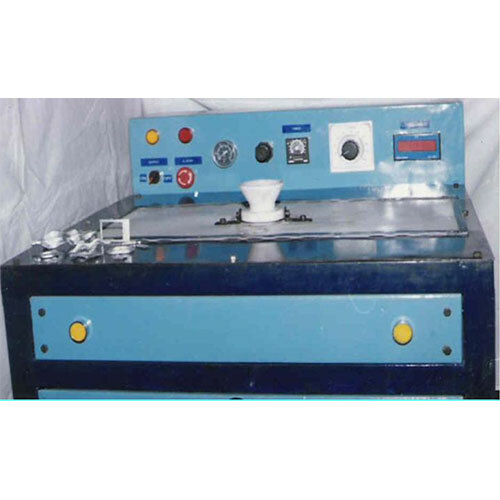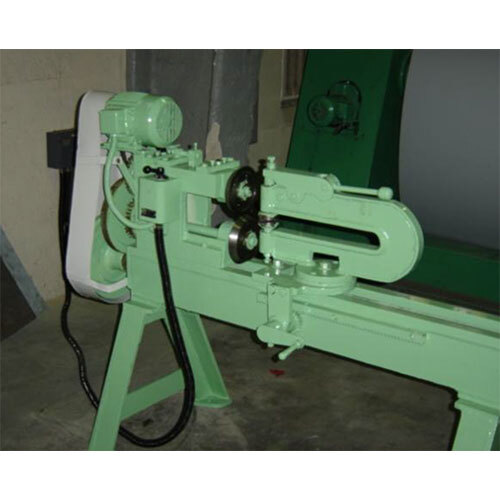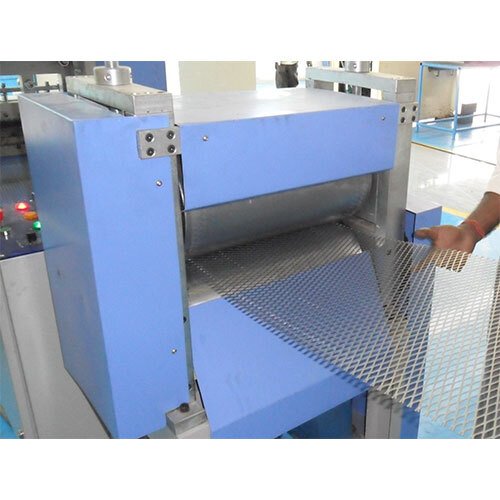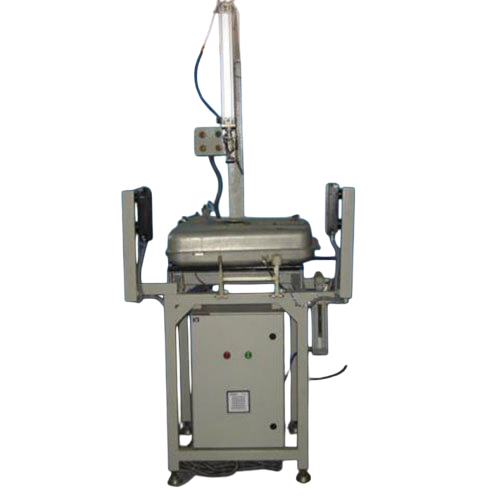CENTRIFUGAL CASTING MACHINE
Product Details:
- Control System Fully Automatic
- Voltage 220 Volt (v)
- Power Source Electricity
- Operating Type Automatic
- Surface Treatment Painted
- Color Blue
- Warranty 1 Year
- Click to View more
CENTRIFUGAL CASTING MACHINE Price And Quantity
- 500000.0 INR/Piece
- 1 Piece
CENTRIFUGAL CASTING MACHINE Product Specifications
- Blue
- Industrial
- 220 Volt (v)
- Fully Automatic
- Painted
- 1 Year
- Electricity
- Automatic
Product Description
A centrifugal casting machine is a specialized piece of equipment used in the process of centrifugal casting, which involves pouring molten metal into a rotating mold to produce cylindrical or tubular components. This method is commonly used in industries that require parts with high-density, uniform structure, and minimal porosity, such as aerospace, automotive, and heavy machinery.
Key Features and Functionality:
-
Rotating Mold:
- The most distinctive feature of centrifugal casting is the rotating mold. The mold is spun at high speeds (typically between 300 to 3,000 RPM), which forces the molten metal to flow outward toward the mold's walls.
- The centrifugal force ensures that the denser elements of the metal are pushed toward the outer surface of the casting, while impurities and lighter elements tend to concentrate toward the inner portion.
-
Molten Metal:
- The molten metal (such as steel, cast iron, or bronze) is poured into the mold while it is spinning. As the metal solidifies, the centrifugal force causes it to settle in a uniform, dense structure.
- This method helps eliminate the formation of gas pockets and shrinkage defects, ensuring a higher quality of casting.
-
Casting Shape:
- Centrifugal casting is ideal for creating parts with cylindrical or hollow shapes, such as pipes, bushings, sleeves, and bearings. It is commonly used for parts that need high strength and wear resistance.
-
Mold Material:
- The molds used in centrifugal casting are typically made from materials like steel or cast iron. The inner surface of the mold may be treated to facilitate easy removal of the finished part after solidification.
Types of Centrifugal Casting Machines:
There are mainly two types of centrifugal casting machines:
-
Horizontal Centrifugal Casting Machine:
- In this setup, the mold rotates horizontally. The molten metal is poured into the mold, and centrifugal force helps shape the outer layers.
- This is often used for casting pipes, tubes, and other parts that require uniform thickness and high strength.
-
Vertical Centrifugal Casting Machine:
- The mold rotates vertically in this setup, typically used for creating smaller, cylindrical parts.
- It is particularly useful for casting products like bushings, sleeves, and bearing housings.
Advantages of Centrifugal Casting:
-
High-Quality Castings:
- The centrifugal force helps to eliminate air pockets, impurities, and defects like porosity, leading to stronger, more uniform castings.
-
Precise Control Over Wall Thickness:
- This process allows for better control over the thickness of the casting, especially in the outer layer, which is often more critical for wear resistance.
-
Reduced Material Waste:
- Since the process involves precise casting of cylindrical components, there is less scrap material compared to traditional casting methods.
-
Enhanced Mechanical Properties:
- The centrifugal force produces castings with improved mechanical properties, such as higher density and strength, due to the uniform structure.
-
Suitable for Mass Production:
- Centrifugal casting is well-suited for producing large quantities of similar parts efficiently.
Common Applications of Centrifugal Casting:
- Pipes and Tubes: The method is often used to create high-strength pipes used in industries like oil and gas.
- Bushings and Bearings: The process is ideal for making components that require high wear resistance.
- Automotive and Aerospace Parts: Parts like cylinder liners, engine components, and aircraft engine parts.
- Rotors and Cylinders: Used in heavy machinery and large equipment.
Process Steps in Centrifugal Casting:
-
Preparation of Mold:
- The mold is preheated to prevent thermal shock and ensure proper metal flow.
-
Molten Metal Pouring:
- The molten metal is poured into the rotating mold.
-
Centrifugal Solidification:
- The centrifugal force causes the molten metal to solidify, with the denser material forming the outer layers and lighter material solidifying inside.
-
Cooling and Extraction:
- After the metal has solidified and cooled sufficiently, the mold is removed, and the casting is extracted.
-
Finishing:
- Any finishing steps, such as machining or polishing, are done to achieve the desired final dimensions and surface quality

Price:
- 50
- 100
- 200
- 250
- 500
- 1000+

 English
English Spanish
Spanish French
French German
German Italian
Italian Chinese (Simplified)
Chinese (Simplified) Japanese
Japanese Korean
Korean Arabic
Arabic Portuguese
Portuguese







